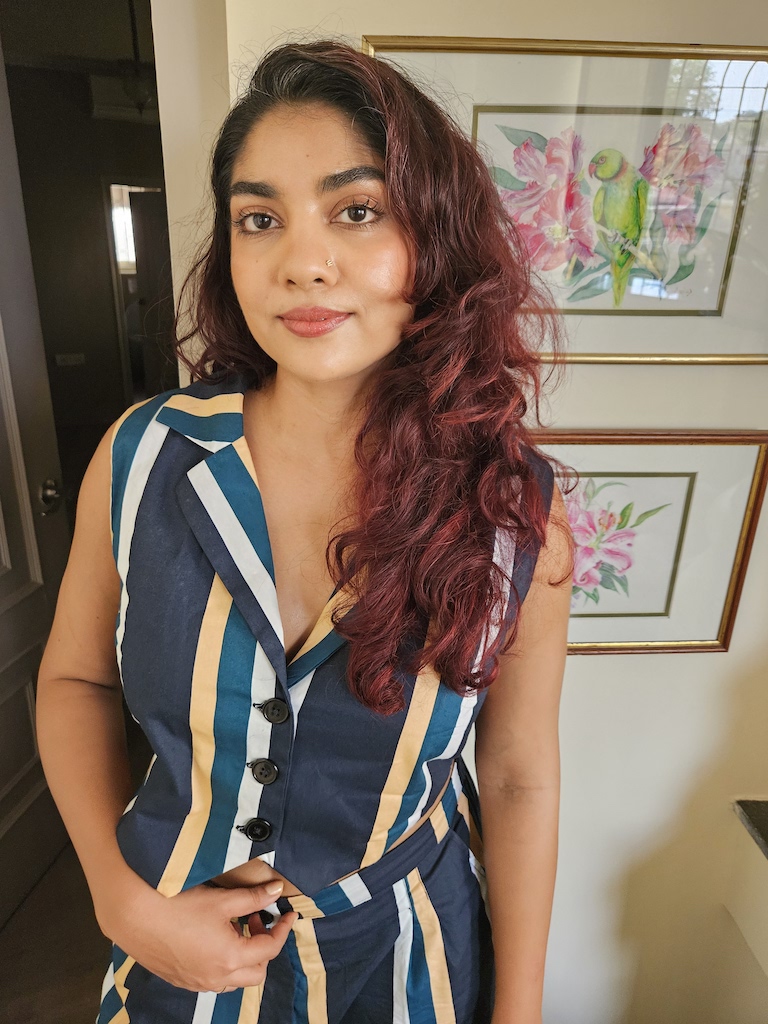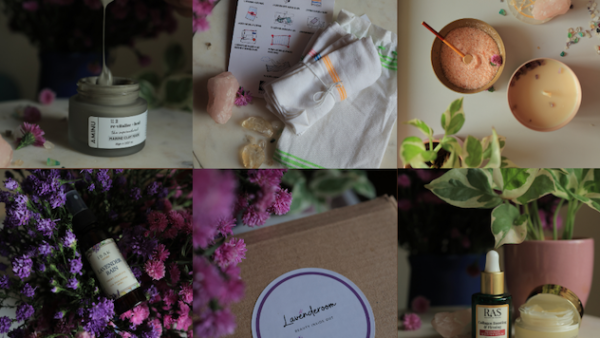In most Greek legends, hubris is an unforgivable sin, guaranteed to anger the gods who play mortals like chess pieces. The sin of Arachne, a weaver who dared to best Athena herself in a contest, was her pride. For that, she was turned into a spider.
So how did Narcissus — the only mortal more vain than the gods — escape the same fate? To humble his pride, Narcissus was made to fall in love with his own face. Captivated by his beautiful reflection in a pond, he starved and withered away, until all that was left of Narcissus was a patch of fragrant flowers.
In an age when we are all withering away even as we stare at our changing faces in the mirror, the legend of Narcissus cuts close to reality. He wasn’t turned into a spider or a stag to be hunted, but a beautiful flower that lends its notes to Chanel No. 19 and Samsara by Guerlain. Clearly, the concept of pretty privilege isn’t a new one.
WHAT IS PRETTY PRIVILEGE?
Like all forms of privilege, pretty privilege is predicated on the idea that some people have advantages in life that are outside their control. Your gender and sexual orientation as a straight man, for instance, might afford you benefits in a society that views women and queer people as less important. Privilege is often a function of presentation and the way we look signals to others which club we belong to — and subsequently, how to treat us.
In a perfect world, we would only judge others by the content of their character. But in practice, the beautiful and attractive, like Narcissus, are more favourably perceived. Considered more trustworthy, more intelligent, and healthier, pretty faces open doors in both professional and personal settings. Of course, also like Narcissus, they can be stigmatised as vain, selfish, and shallow.
The dark side of being beautiful continues to fascinate us as we study the tragic lives of celebrities like Marilyn Monroe, whose sex-symbol persona overshadowed her acting talent. An ordinary American housewife, Monroe changed her name, fixed her nose, and dyed her hair platinum to transform into the bombshell we still recognise all over the world today. There’s no denying that her commitment to the beauty standards of her time, combined with her natural charisma and effortless acting, catapulted her to fame.
Throughout history, women have gone through similar rituals to achieve a standard of beauty that paves the way for their success. Traditionally shut out of participating in intellectual endeavors or the workforce, being beautiful at least allowed women the luxury of some choice in their partners — the only avenue for upward social mobility and a better life. Beauty might be pain, but it also has a cold, hard cash value.
As Monroe’s character, Lorelai says in Gentlemen Prefer Blondes (1953): “Don’t you know that a man being rich is like a girl being pretty? You wouldn’t marry a girl just because she’s pretty, but my goodness, doesn’t it help?” 70 years on, now that women themselves are better able to build careers and wealth independently, it turns out a girl being pretty still helps. Whether you’re investing in your attractiveness to come across as polished and put-together at work, or trying to navigate the shark tank of modern dating, chances are you spend a chunk of time, money, and effort on your looks, and reap rewards for the same.
THE PRETTY PRIVILEGE PARADOX
On one hand, the association between beauty and health has a legitimate basis. If you live a healthy lifestyle and take care of yourself, you’re likely to see the results show up as shinier hair, clearer skin, and a stronger body. Achieving the perfect winged liner or using a particular scent can have a tangible impact on your confidence; after all, you’ve learned to do your makeup, and you’ve tested a dozen perfumes before you settled on the one. Beauty is rarely totally natural, divorced from effort, knowledge, and accomplishment.
Beauty standards are often a combination of universal indicators of health, youth, and fertility — like small waists, smooth skin, and symmetrical features — and culturally specific features that are either rare or indicative of wealth and luxury. For example, fair skin and a soft figure in India is correlated with the ability to relax indoors, while tanned, toned bodies in the USA denote someone who has the means to stay fit and go on holiday.
A lot of these aesthetics could be achieved, or at least brought within reach, with enough money to buy the right fashions, treatments, and makeup. Recent trends in beauty, however, are all about displays of wealth. There’s nothing quiet about the luxury of keeping up with rigorous surgical routines that are currently in vogue.
Consider buccal fat removal: a surgery so normalised that we’re now used to counting the jutting cheekbones of celebrities who once looked plump and youthful. Far from indicating vitality, hollow cheeks are a sign of aging. Those who have removed their buccal fat pads at a young age will likely have to get fillers in the future to make up for the lost volume. But with the trend of super-thin bodies taking over from the fat-bottomed girls of the 2010s, we need faces to match — at least until the next surgical fad comes around.
From fox eye lifts to lip fillers and BBLs, aesthetic trends are no longer about upgrading your wardrobe or buying a new shade of lipstick. Instead, they’re a hamster wheel of expensive treatments that you can’t just buy into once, for fear of your whole face looking dated. Meeting a beauty standard is besides the point when the real flex is who has the wealth privilege to keep buying the best procedures. There’s a hefty price to pay for the privilege of being pretty.
Yet true pretty privilege — the kind that makes you stand up straighter and put your best face forward — is as much about feeling attractive as it is about looking a certain way. Tailoring your face and body to meet narrowly prescribed and ever-changing definitions of beauty is the opposite of self-care. It’s the difference between feeding the beast of perpetual insecurity and embracing and expressing our imperfect selves.
Also Read:
3 Perfume Bottles That Are More Fascinating Than Their Scents, According To A Fashion Curator





